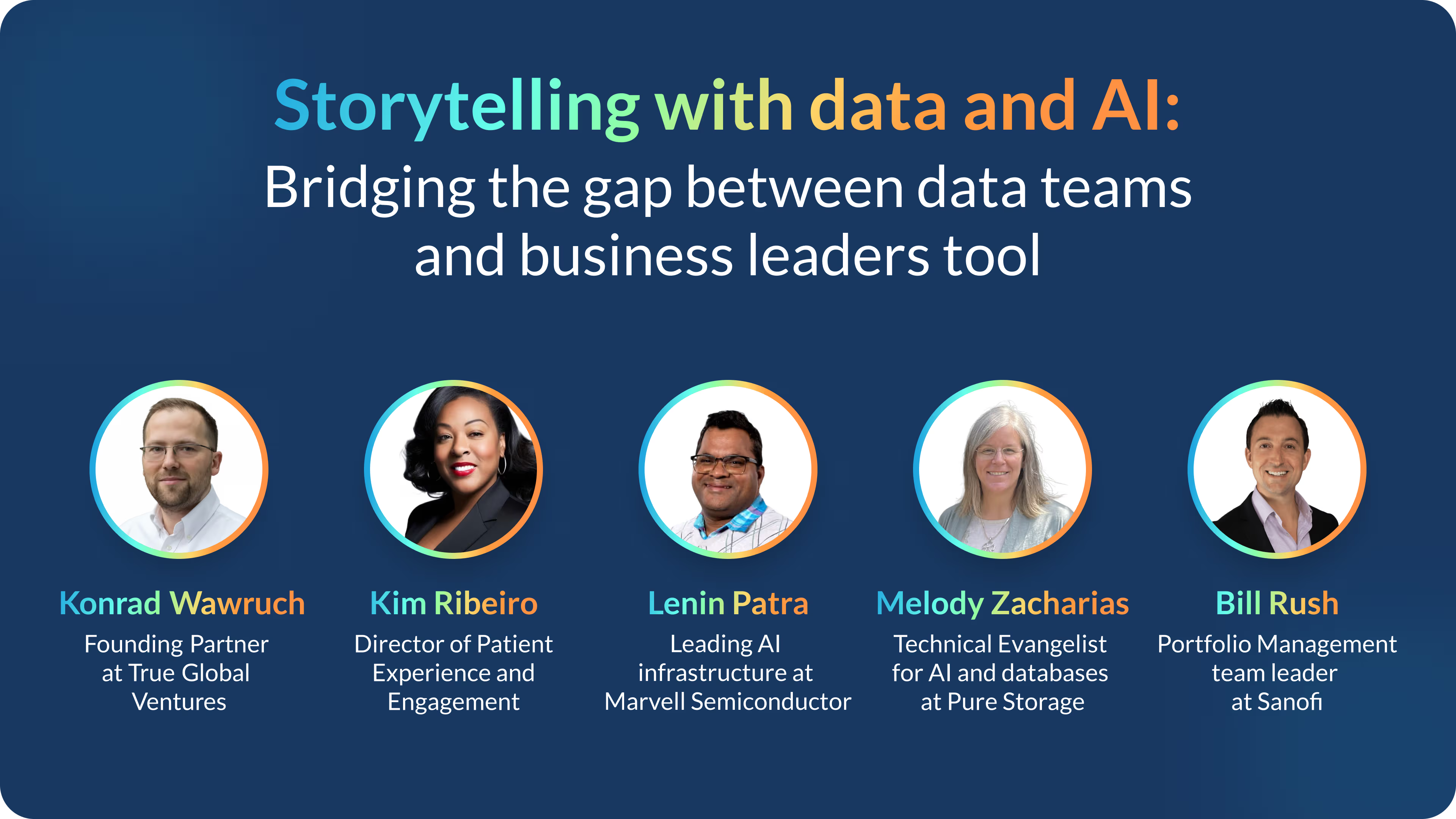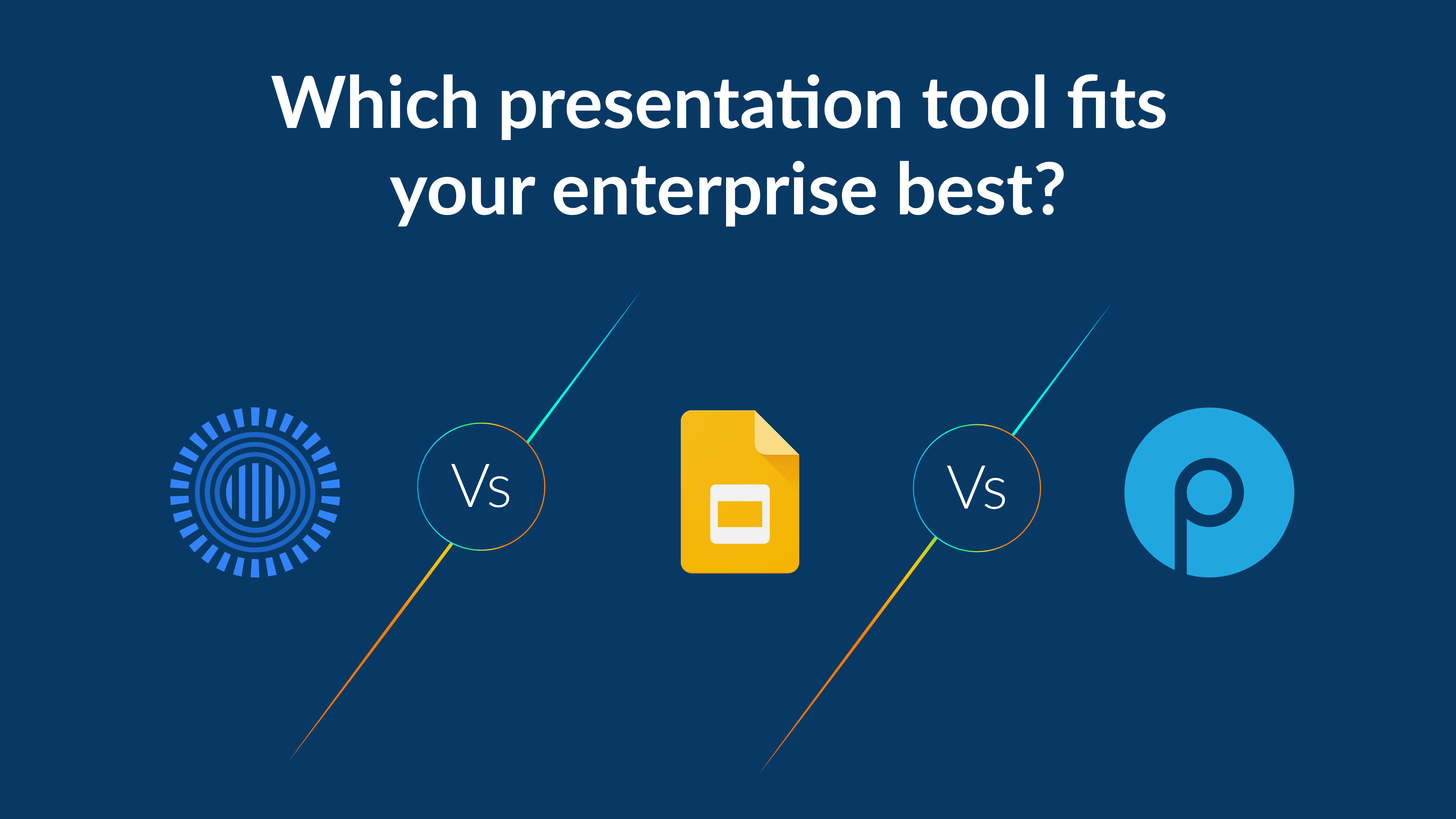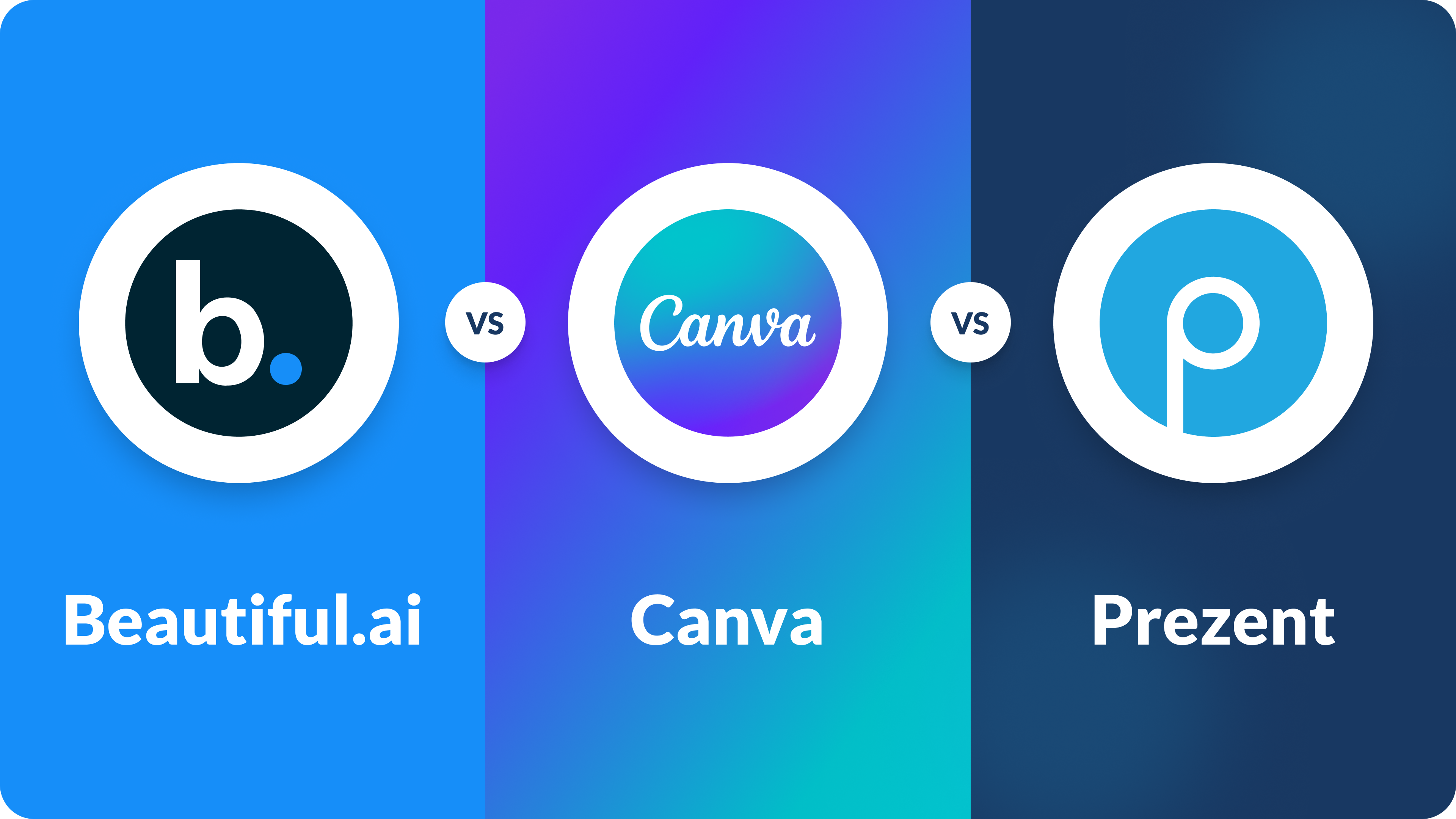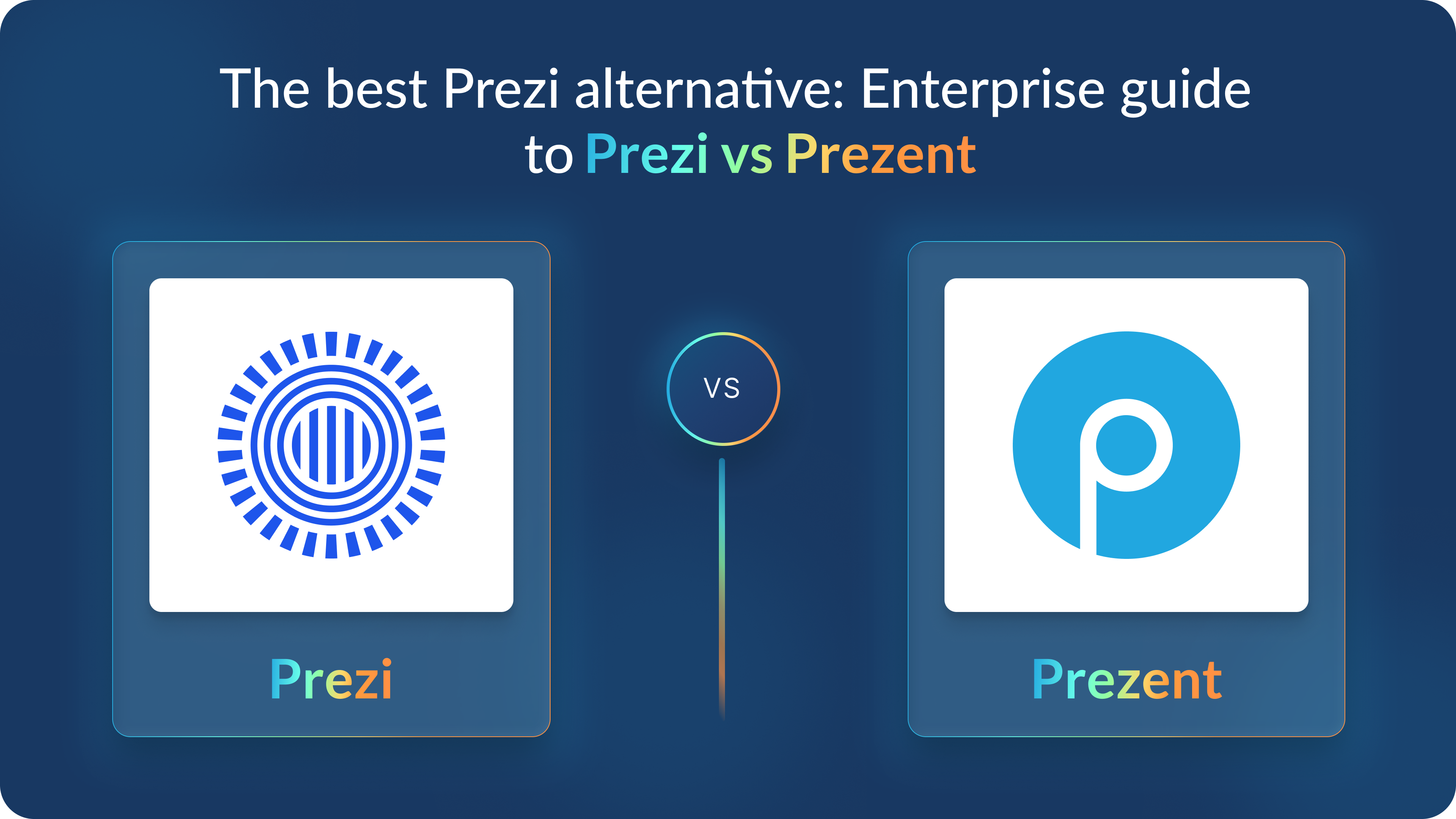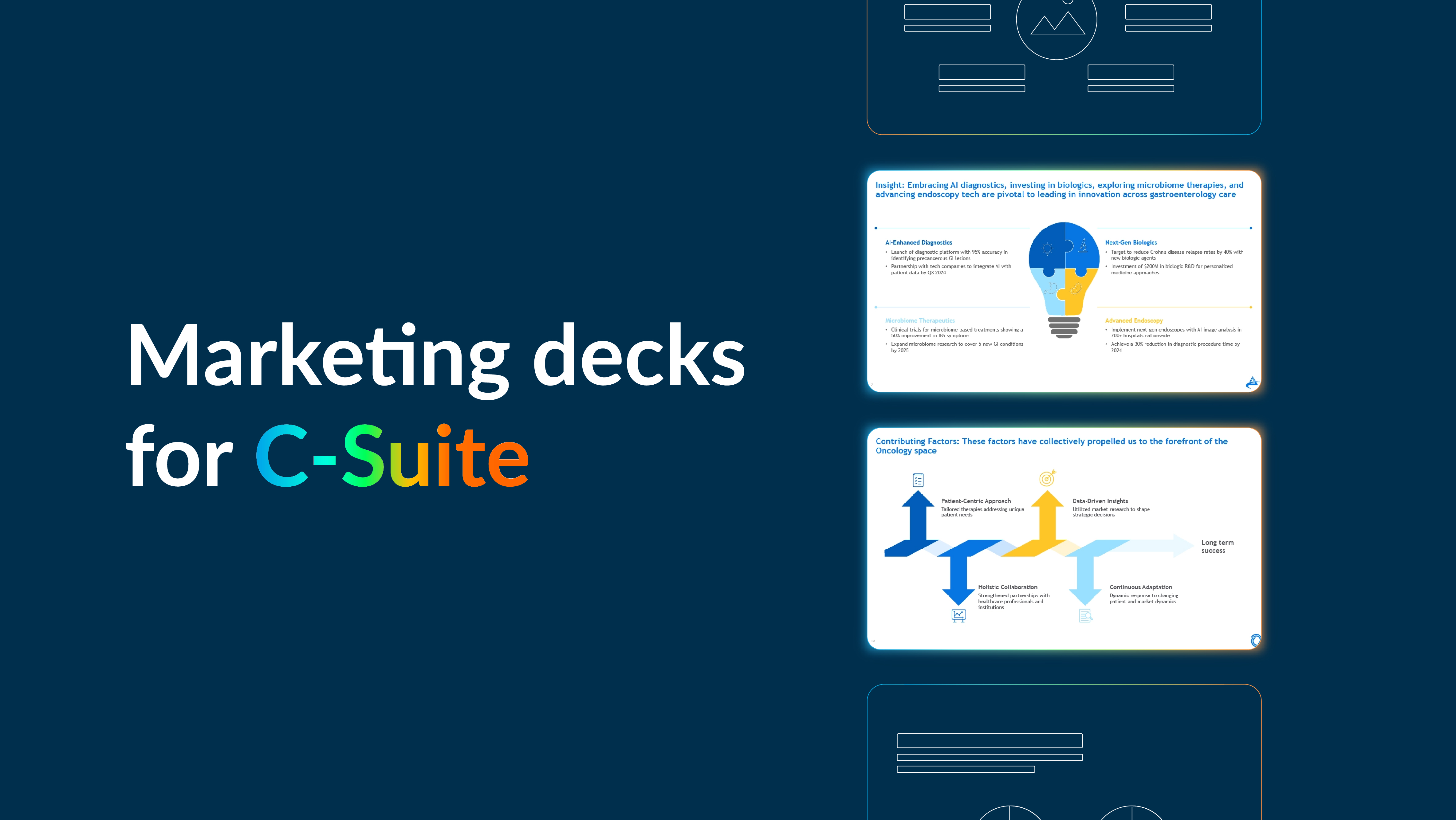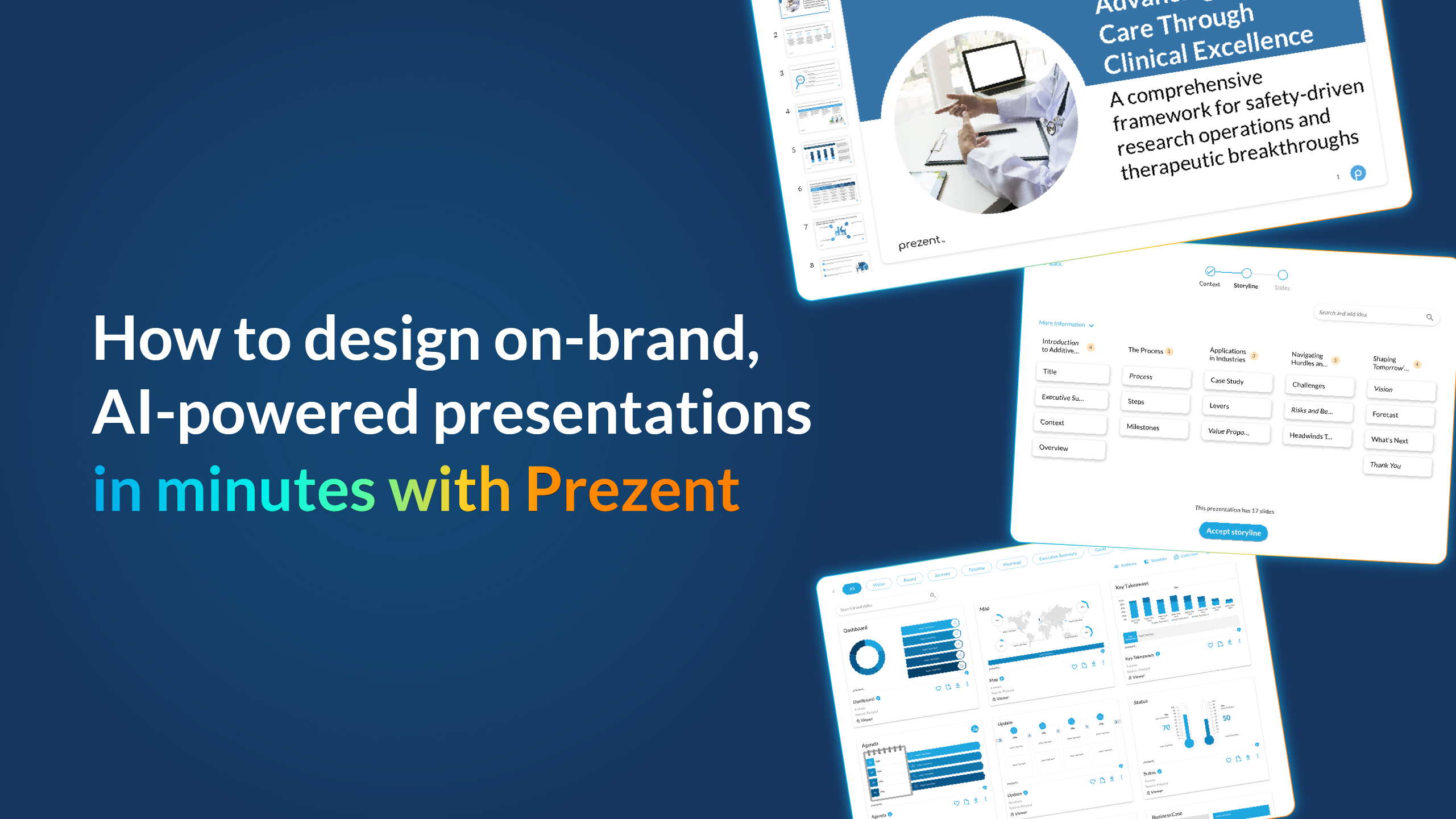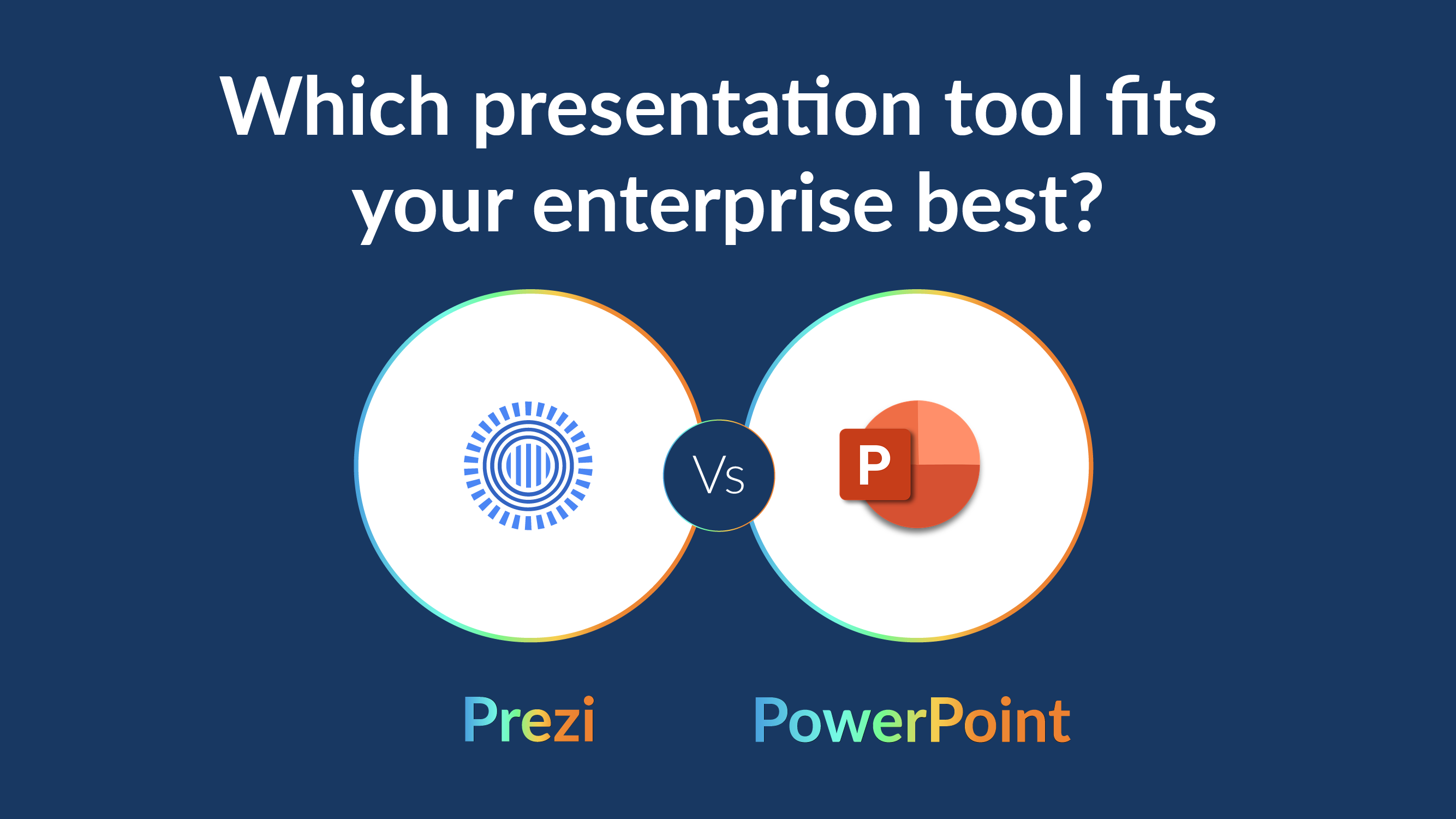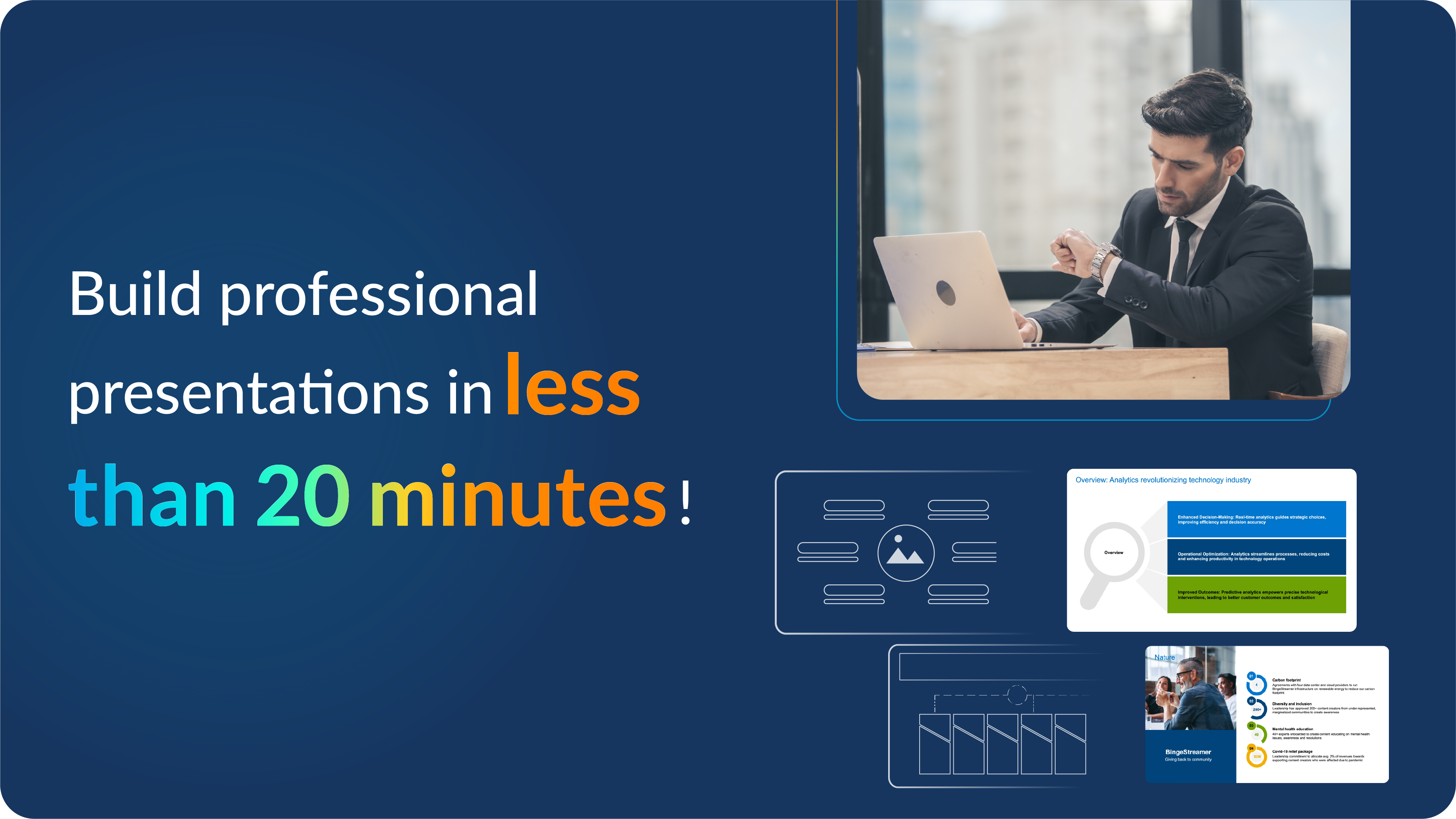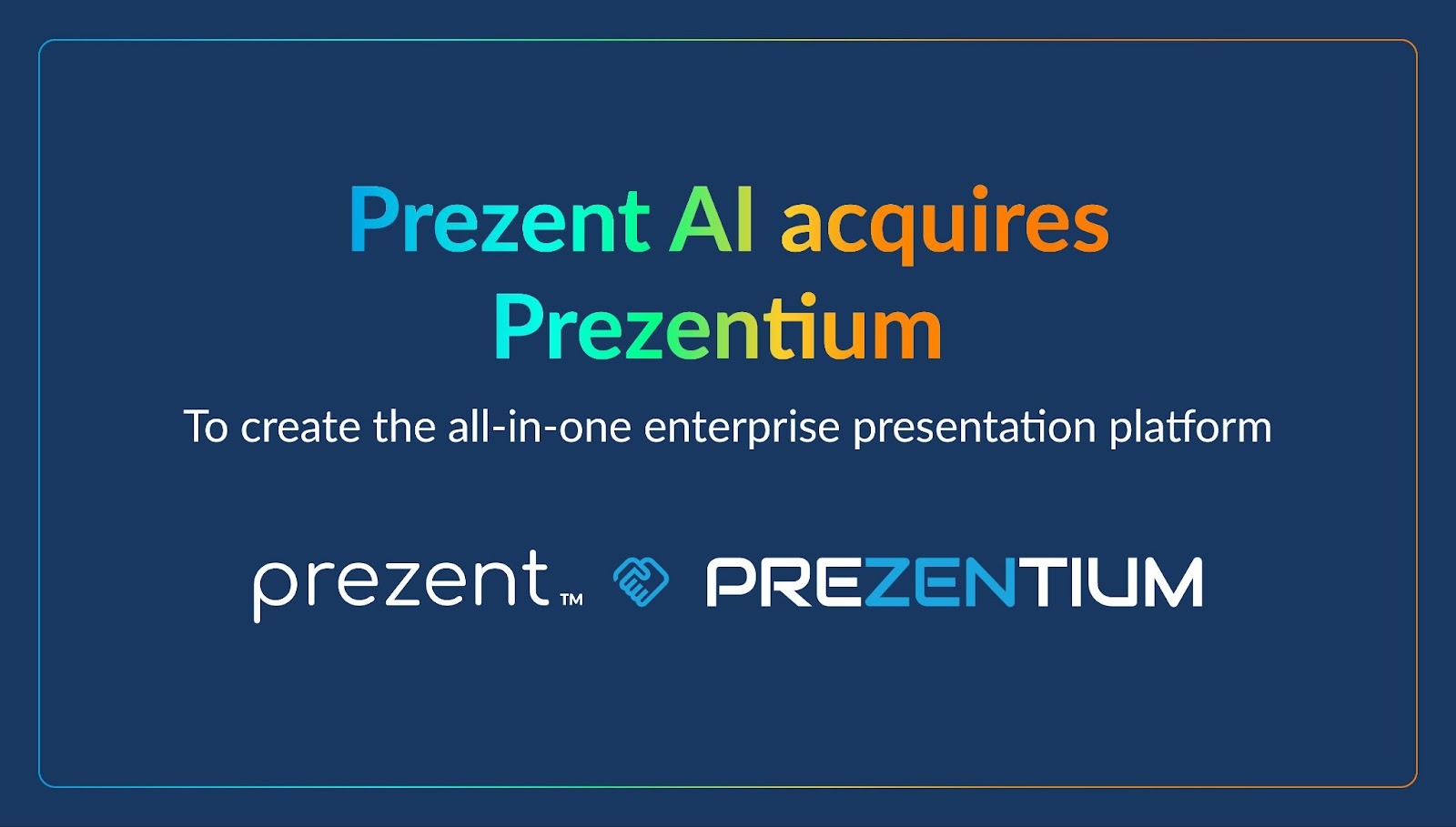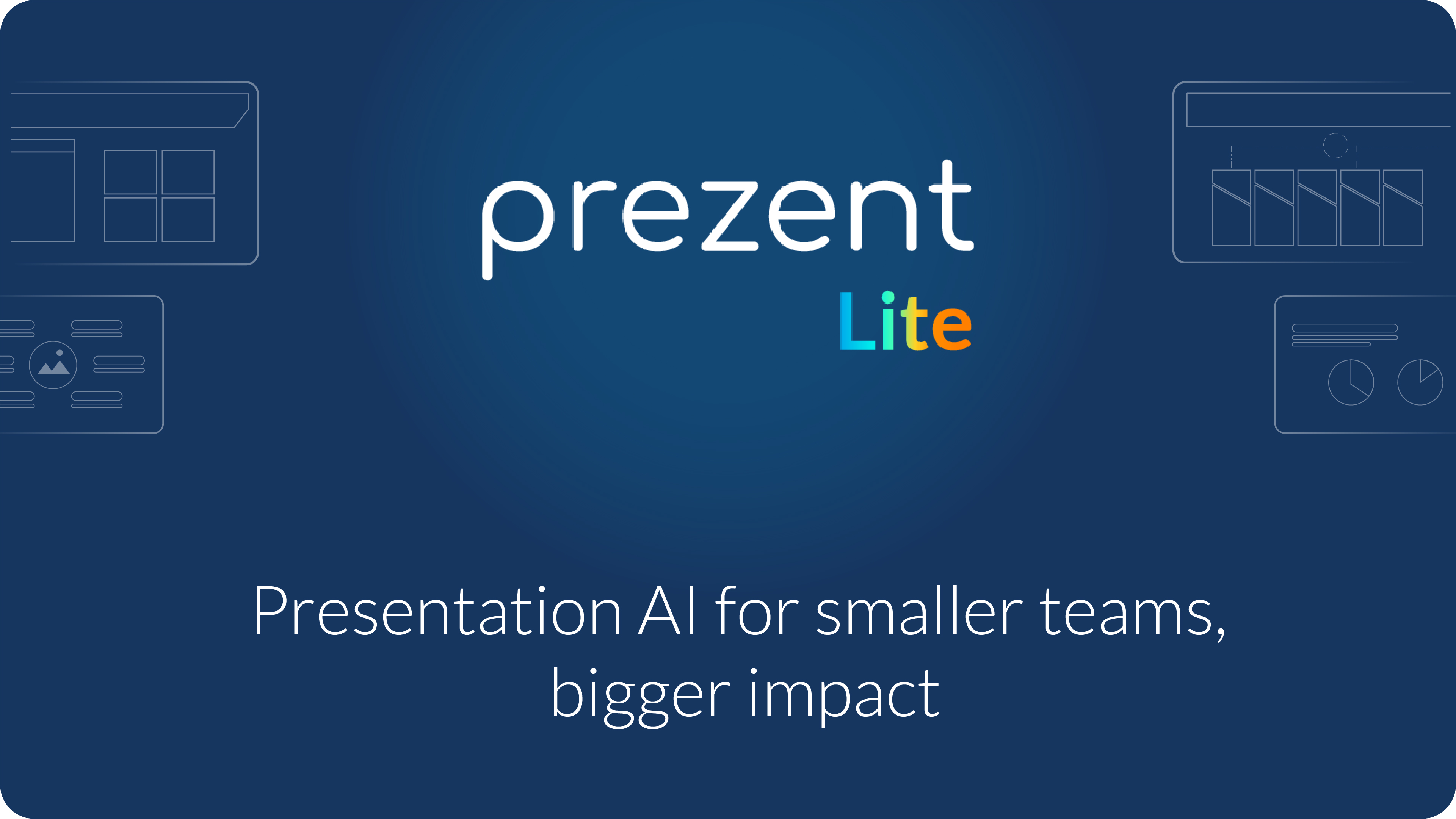How to write a grant proposal presentation in 9 Steps (With definition, tips & templates)

Securing funding through a grant proposal can feel daunting, especially when multiple organizations are competing for limited resources. However, a well-crafted grant proposal presentation not only highlights your project’s value but also demonstrates why your organization is the best choice for support. By following a step-by-step guide, you can learn how to write a successful grant proposal that resonates with grant reviewers and helps secure funding for your objectives.
In this article, we’ll walk you through exactly how to create a winning grant proposal presentation in nine comprehensive steps. Along the way, we’ll explore templates, tips, and strategies that set the stage for success.
What is a grant proposal?
A grant proposal is a document that serves as both a roadmap for your project and a pitch to potential funders. Typically submitted to granting agencies, funding organizations, or government entities, a grant proposal helps articulate your project’s goals and objectives, explain how you’ll use the funds, and outline the measurable outcomes you aim to achieve.
Key elements of a grant proposal:
Objective: Clearly state the purpose of your project and how it aligns with the funder’s goals.
Problem statement: Define the problem statement or issue your project addresses, backed by data and evidence.
Project description: Summarize your methods and strategies to achieve the objectives.
Budget section: Detail how much money you need and how you’ll allocate resources.
Executive summary: Provide a concise overview that makes a compelling first impression on reviewers.
Cover letter: Set the tone by introducing your project and its relevance to the funder’s mission.
Whether you’re seeking grant funding for nonprofit initiatives, creative projects, or research, a successful grant proposal must convince funders of your project’s potential impact. You increase your chances of success by aligning your proposal with the organization’s mission and providing a clear roadmap for how you’ll use their funds.
When does one need a grant proposal?
A grant proposal is essential whenever your organization seeks external funding to achieve specific goals. Whether you’re applying to government agencies, private funding organizations, or philanthropic entities, a well-written grant proposal serves as your project’s blueprint and your pitch for why it deserves financial support. But how do you know when it’s the right time to write one?
Here are the key scenarios when you’ll need a grant proposal:
Launching a new initiative: If your organization is planning a project that requires significant financial resources, such as community programs, research endeavors, or creative projects, a formal grant proposal is necessary to secure support.
Expanding existing programs: To scale up a successful initiative, you’ll need a proposal to demonstrate how additional funding will enhance your project and align with the funders’ goals.
Fulfilling a funder’s specific opportunity: When a granting agency or private funder offers a specific opportunity aligned with your organization’s mission, a tailored proposal is the best way to show that your project fits their criteria.
Covering operational costs: Many nonprofits use grant applications to sustain their work by requesting funding for staffing, training, or other essential resources.
Securing matching funds: If your project requires matching funds to meet financial obligations, a grant proposal is key to showing how you’ll leverage resources to maximize the funders’ investment.
Why a grant proposal is critical?
A grant proposal is a document that not only secures funding but also demonstrates your organization’s credibility and preparedness. Here’s why it’s an indispensable tool:
Shows funders you’re serious: A professional proposal creates a good first impression, showcasing your dedication and planning.
Details your project’s impact: A compelling proposal convinces funders of the importance of your work and how their investment will solve a problem or achieve specific objectives.
Aligns with funders’ goals: By showing how your project aligns with the funder’s mission, you make a strong case for collaboration.
Defines resource allocation: The budget section of your proposal ensures transparency, outlining exactly how funds will be used.
Creates a roadmap for success: A grant proposal includes a realistic timeline, measurable goals, and detailed methods to ensure your project’s feasibility.
Are presentations a good way to share a grant proposal?
Grant proposal presentations can be a highly effective way to engage potential funders and complement your written proposal. While a formal proposal provides detailed documentation, a presentation adds a persuasive visual and interactive element that enhances your pitch.
Benefits of grant proposal presentations
Clarity: Presentations help distill complex ideas into clear, impactful visuals, making it easier for funders to grasp your project’s core objectives and understand critical sections like the project budget or timeline.
Engagement: Dynamic slides and compelling storytelling keep funders focused and interested, providing an opportunity to highlight important to know details about your project.
Memorability: Visual aids paired with concise messaging leave a lasting impression, helping grant reviewers remember your proposal when making decisions.
Tips for an effective grant proposal presentation
Focus on key points: Keep your presentation concise and targeted. Highlight the most critical parts of a grant proposal, such as the project’s goals, how the funding will be used, and measurable outcomes.
Incorporate visuals: Use charts, graphs, and infographics to make financial details like the project budget easy to understand.
Practice professional writing: Ensure your slides feature clear sentences and professional writing that align with the tone of your formal proposal.
Prepare for questions: Funders may have frequently asked questions during your presentation. Be ready to clarify your project’s impact, timeline, and alignment with the funder’s mission.
Elements of a grant proposal presentation
A well-structured presentation is essential to grant writing, as it highlights the most critical parts of your proposal in a compelling and engaging way. Whether you’re presenting to funding agencies, potential grantees, or stakeholders, your slides should be clear, persuasive, and visually appealing. Here are the key elements you need to include:
1. Title slide
Introduce your project with a professional title that reflects its purpose, along with your organization’s name. A polished opening sets the tone and makes a good first impression on your audience.
2. Introduction
Set the stage with a concise overview of the problem your project addresses. Explain why this issue is important and how your proposal aims to solve it. Be sure to include information that connects with the funder’s mission and goals.
3. Objectives
Your goals should be stated clearly and succinctly. Use bullet points to outline specific, measurable objectives, emphasizing how your project aligns with grant requirements and supports the funders’ goals.
4. Project description
This section describes the project’s scope, methods, and strategies. Use visuals like flowcharts, diagrams, or infographics to illustrate your approach. Highlight how your project fits into broader objectives and addresses the process of planning to achieve success.
5. Budget overview
A budget overview section helps funders understand exactly how you’ll allocate their resources. Include a simple table or pie chart to summarize major expenses, ensuring transparency and alignment with the project’s goals. Avoid including excessive detail; focus on key figures.
6. Timeline
Provide a realistic timeline for the project, visually showing milestones and their expected completion dates. A Gantt chart or linear timeline works well to convey progress clearly and helps funders see how you’ve planned each phase.
7. Call to action
Conclude your presentation with a strong, persuasive statement. Reinforce why your project deserves funding, summarizing how it aligns with the funder’s mission and creates impact. Don’t be afraid to include a heartfelt appeal that emphasizes your passion and the project’s value.
Best nine steps to craft the ideal grant proposal presentation
Creating a successful grant application requires more than just great ideas; it demands careful planning, clear communication, and a deep understanding of your audience. A grant proposal presentation can make your pitch memorable and compelling, helping you stand out among competitors. Below is a step-by-step process to help you write a good proposal presentation that resonates with funders.
Step 1: Research your funder
Before you even begin your presentation, take the time to understand the funder’s goals and priorities. Research their mission, values, and the types of projects they typically support. Look at sample grants they’ve funded and analyze patterns in their giving.
✅ Why this matters: Knowing your audience ensures that your proposal aligns with their expectations.
⚡ Pro tip: Use the funder’s language and priorities to tailor your presentation, showing how your project fits seamlessly into their mission.
💡 Example: If you’re applying to a local environmental foundation, research shows they funded a community garden initiative in your area last year. Highlight how your project’s urban green space revitalization aligns with their past funding priorities.
Step 2: Define the problem statement
Your problem statement is the foundation of your proposal. Clearly articulate the issue your project addresses, why it matters, and who it impacts. Use compelling data, anecdotes, or visuals to make your proposal relatable and urgent.
✅ What to include: Relevant statistics, testimonials, and connections to previous projects.
⚡Pro tip: Grant writers should emphasize the human aspect of the problem to engage funders emotionally while demonstrating your ability to solve this issue.
💡Example: “The city’s urban heat islands have increased temperatures by 5°F, disproportionately affecting low-income neighborhoods. Our project will reduce this impact by planting 1,000 trees in these communities.”
Step 3: Set clear goals and objectives
Define SMART objectives: specific, measurable, achievable, relevant, and time-bound. These should align with both your project’s vision and the organization’s goals of the funder.
✅ Why it’s important: Funders want to see a roadmap for success that’s realistic and aligned with their mission.
⚡Pro tip: Don’t be vague—funders need to clearly see the connection between your goals and their impact.
💡Example: Instead of saying “We aim to improve literacy rates,” write, “We aim to increase literacy rates by 20% in 6 months through weekly tutoring sessions for 100 students.”
Step 4: Outline your methodology
Explain the strategies, techniques, and resources you’ll use to achieve your objectives. Be clear and concise, showing how your approach is both innovative and practical.
✅ What to focus on: Highlight how your methods will lead to measurable outcomes and why they are the best solution for the problem.
⚡Pro tip: Include visual aids like flowcharts to illustrate complex processes, ensuring grant reviewers grasp your approach at a glance.
💡Example: “We will host free workshops in community centers, providing hands-on training for 200 participants. Workshops will follow a proven three-phase model: Awareness, Skill-Building, and Implementation.”
Step 5: Develop a realistic timeline
A realistic timeline for the project demonstrates your ability to plan and execute efficiently. Break your project into phases with achievable deadlines.
✅ What to include: Milestones for key activities, progress checkpoints, and final deliverables.
⚡Pro tip: A timeline shows funders that you’ve considered the logistics and ensures they feel confident in your planning.
💡Example: Create a timeline showing key milestones, such as:
- Month 1: Recruit and train volunteers.
- Months 2-4: Conduct tree-planting events.
- Month 5: Evaluate the impact of tree-planting activities.
Step 6: Prepare a detailed budget
Your budget should be transparent and comprehensive, outlining exactly how the funds will be used. Use tables or charts to make financial details easy to digest.
✅ What to include: A breakdown of expenses such as personnel, materials, and administrative costs.
⚡Pro tip: Justify every line item in your budget—grant writers need to provide clarity and build trust with funders.
💡Example: Present a table like this: Clearly explain why each cost is necessary.
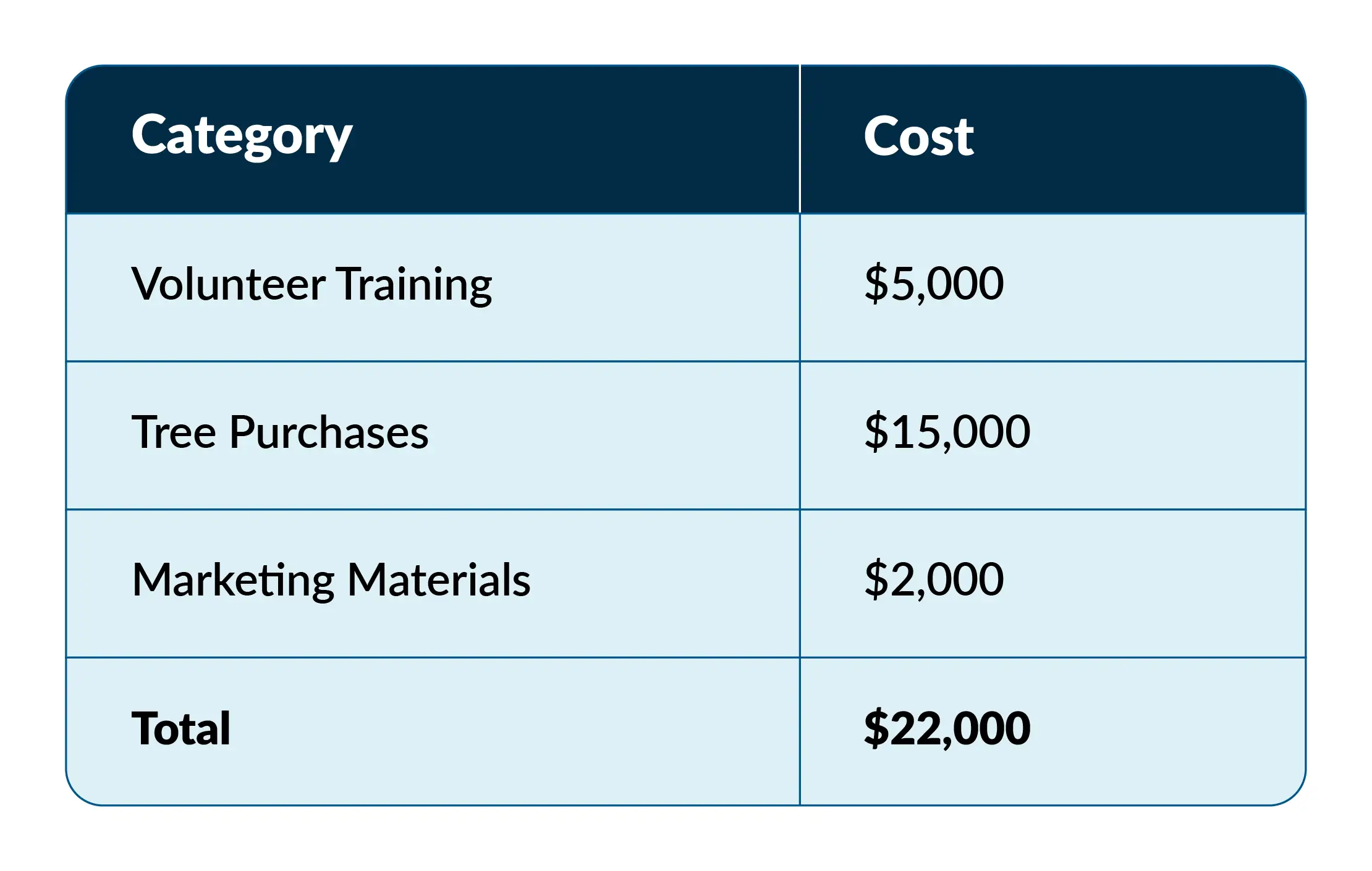
Step 7: Create a compelling executive summary
The executive summary is your chance to hook the audience. In one concise page, summarize the problem, your proposed solution, and the funding request.
✅ Why this matters: Funders often read this section first, so it must capture their attention immediately.
⚡Pro tip: Keep it professional but engaging, ensuring that your proposal stands out in a stack of grant proposal templates.
💡Example: “Our project, ‘Green Neighbors,’ seeks $22,000 to plant 1,000 trees in underserved communities, reducing urban heat islands and improving air quality. This initiative aligns with the foundation’s mission to promote sustainable urban development.”
Step 8: Design engaging slides
Your slides should enhance your narrative, not overwhelm your audience. Use visuals, such as infographics and images, to communicate key ideas. Keep text minimal, focusing on clarity and impact.
⚡Pro tip: Use professional proposal software like Prezent to design polished slides that look cohesive and visually appealing.
✅ Key focus: Each slide should highlight one key aspect of your project, ensuring clarity and focus.
💡Example: A slide showcasing your budget could include a pie chart breaking down costs into categories, paired with an image of volunteers planting trees.

Step 9: Practice and refine
Rehearsing is the final, critical step. Practice your public speaking presentation multiple times to ensure smooth delivery, addressing any areas that feel unclear or overly complex. Seek feedback from colleagues and refine your slides accordingly.
✅ Why this matters: A polished delivery shows confidence and professionalism, helping you convince funders of your project’s value.
⚡Pro tip: Don’t be afraid to adjust based on feedback—your goal is to create a presentation that resonates with the audience.
💡Example: Ask a colleague to play the role of a skeptical funder during a mock presentation. If they question the cost of tree maintenance, you can refine your slide to include a detailed explanation of volunteer efforts to minimize long-term expenses.
Note - presentations should complement, not replace, written proposals
A presentation is an effective grant tool, but it should never replace your formal proposal. Instead, it serves as an extension, designed to summarize key points, highlight critical sections, and provide a platform for discussion.
The written proposal is essential: Your formal grant proposal writing provides the comprehensive structure that funders require, including a detailed problem statement, a realistic timeline for the project, and a breakdown of how you’ll use the funds.
Presentations enhance understanding: Use your presentation to emphasize specific elements of a grant proposal, such as organizational information or past project successes, in a way that captures attention.
A balanced approach is best: Ensure that your presentation aligns with your written proposal, summarizing its content while offering visuals to reinforce your ideas.
Quickly adjust your grant proposal presentations by using this template by Prezent
For a professional and polished presentation, Prezent’s grant proposal template is an invaluable resource. The template offers:
- Customizable designs: Adapt them to fit your project’s needs and audience.
- Time-saving features: Skip formatting challenges and focus on crafting content.
- Professional results: Make a lasting impression with well-structured and visually appealing slides.
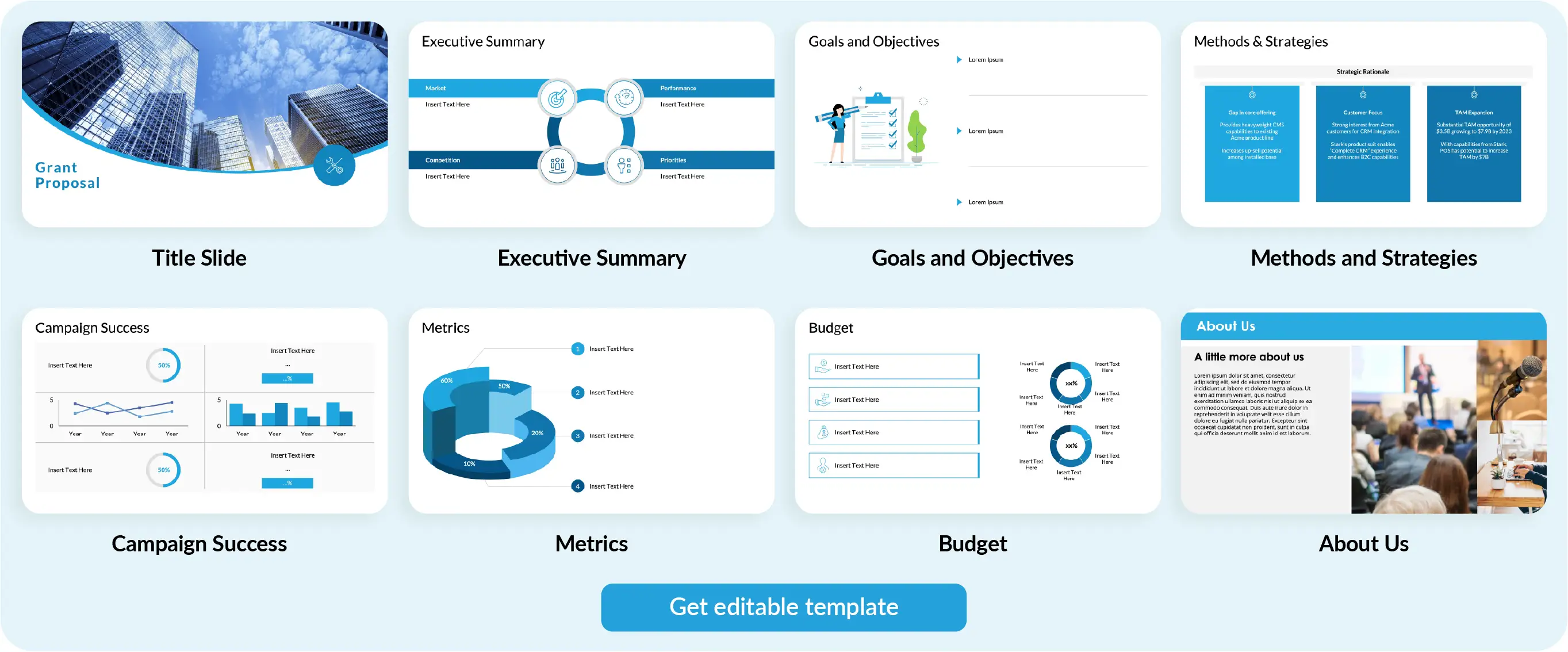
Creating a grant proposal presentation requires a strategic combination of thorough research, compelling storytelling, and professional design. By following the nine steps outlined in this guide, you’ll learn how to write a grant proposal presentation that not only aligns with funder priorities but also highlights the value of your project.
With the right tool like Prezent, your next grant proposal could be the winning one. Create one using a free trial account or take the help of our experts through a demo.


